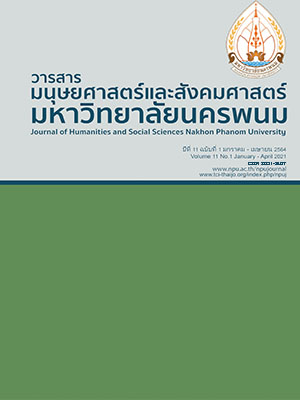Blended Training Model for Enhancing Information and Communication Technology Competency of the Director of Basic Education Institutions
Main Article Content
Abstract
The purpose of this research was to develop and experiment with blended training models in order to enhance the capability of information and communication technology of the director of basic education institutions. The research process is divided into 2 phases. Phase 1 develops the model. The target group includes 9 experts by selecting specific models. Phase 2 is trial-using the model. The sample consisted of 17 basic school principals, selected by specific selection from the school director applying for the training. The research instruments were the blended training model for enhancing the capability of information and communication technology of the director of basic education institutions. The statistics used for data analysis were mean, standard deviation, Wilcoxon Matched-pairs Signed rank test and content analysis. The results of the research showed that 1. The Blended training model to enhance information and communication technology competency of the director of basic education institutions There are 5 components of the model, 1) model principles 2) model objectives 3) Blended training processes 4) mobile communication devices and 5) ICT competencies of basic education director. The implementation of the blended training consists of 2 steps which are 1) pre-training and 2) training. It consists of training activities in the first-day training room. Training activities on the web through applications on mobile communication devices and training activities in the last day training room. And 2. The results of the experiment using the model showed that the trainees who follow the blended training model to enhance the capability of information and communication technology for the director of basic education institutions Under the Office of the Basic Education Commission have higher knowledge skills, range and mental range after training than before training. With statistical significance at the level of .05 and the trainees were satisfied with the overall training at the highest level.


